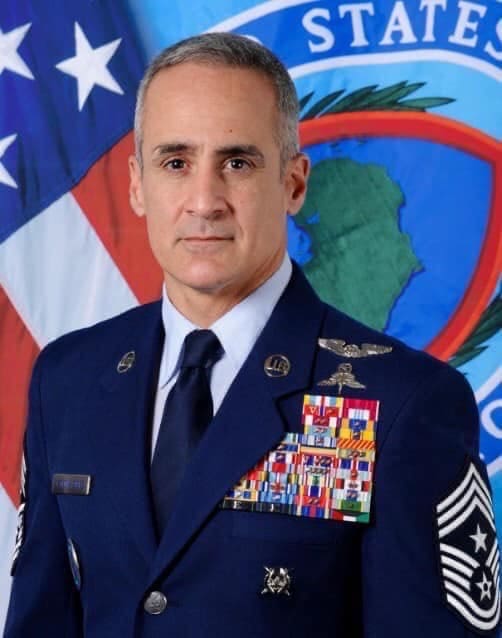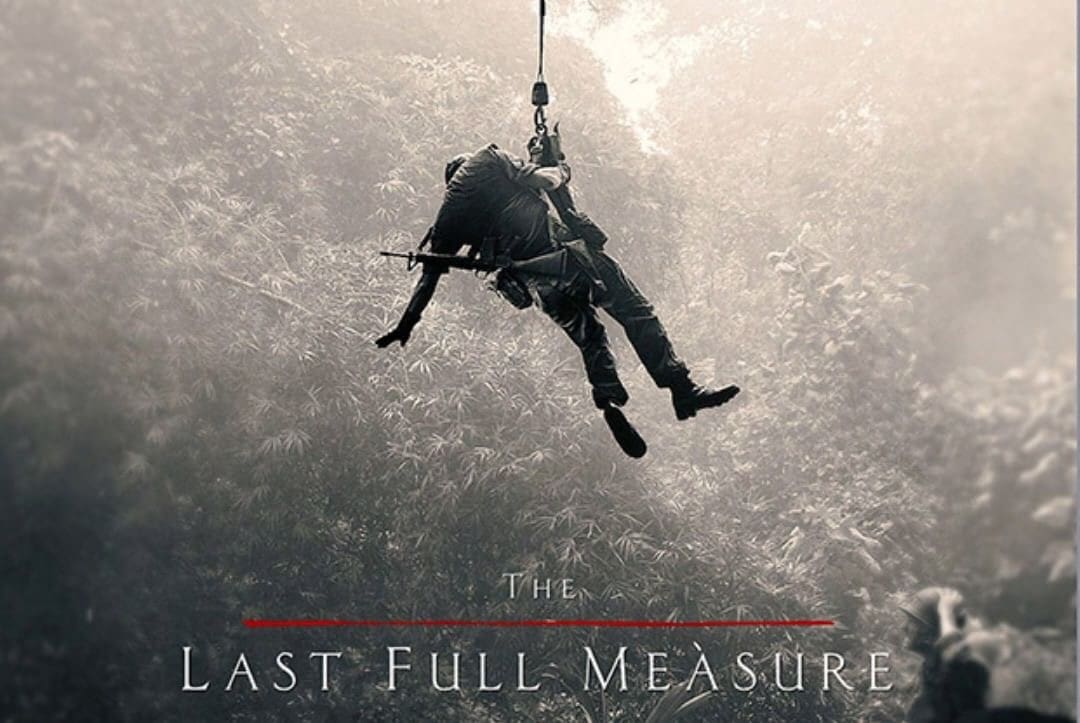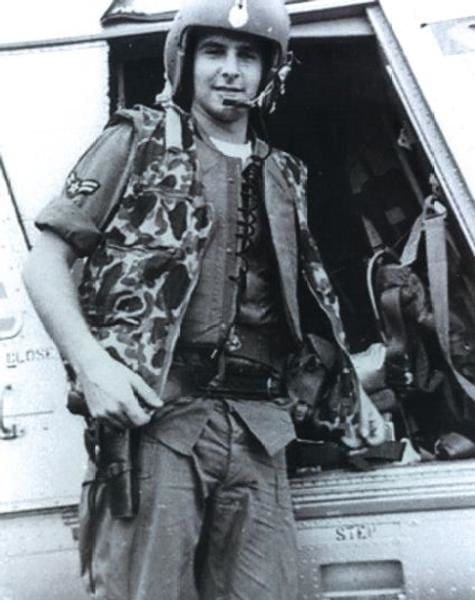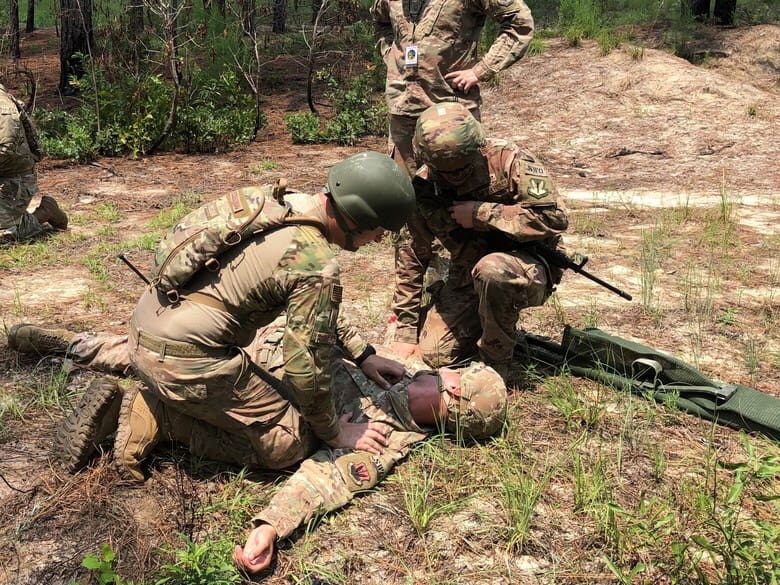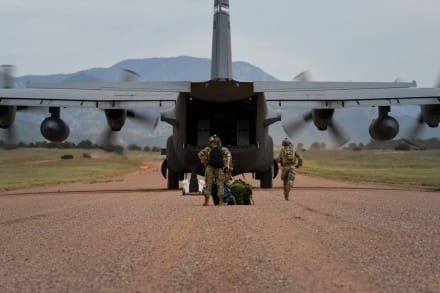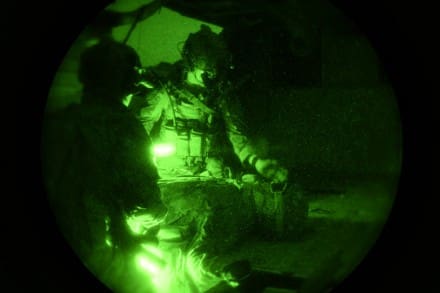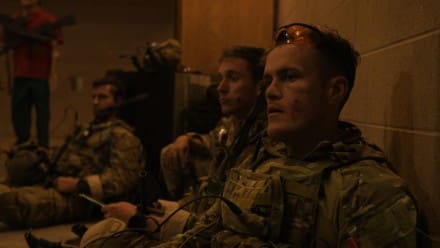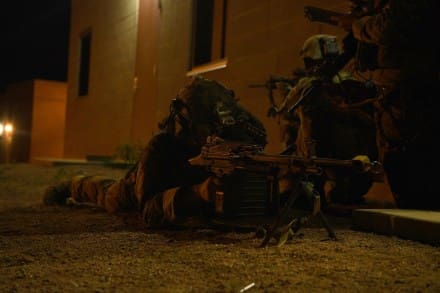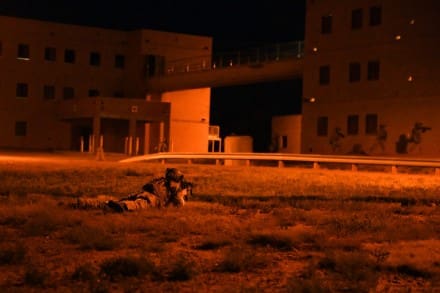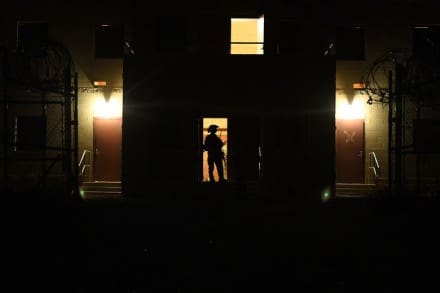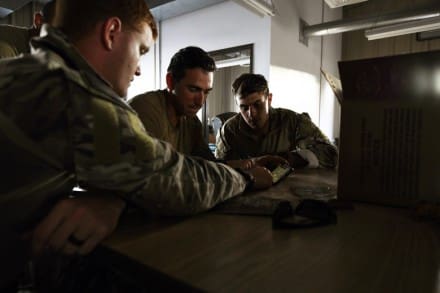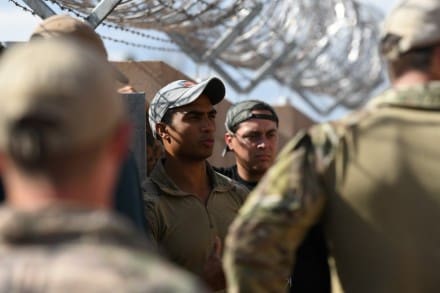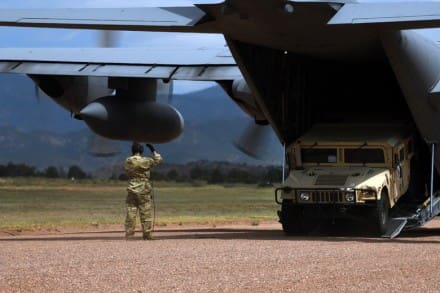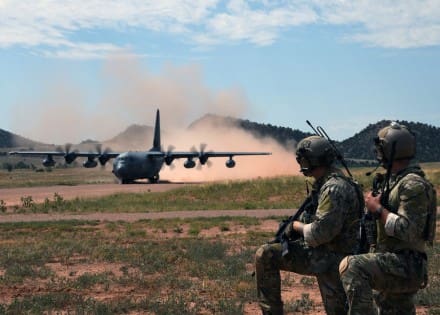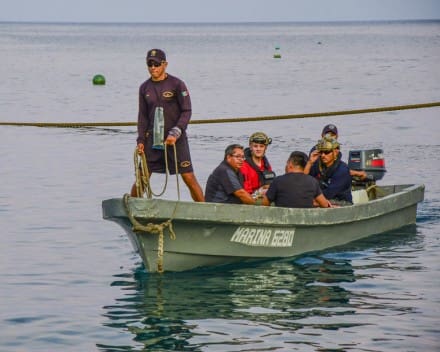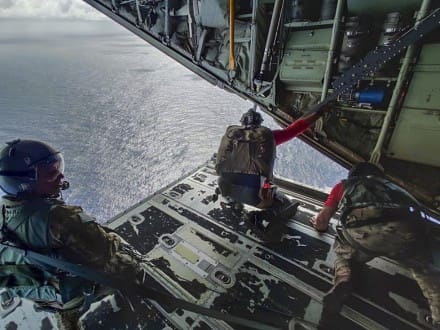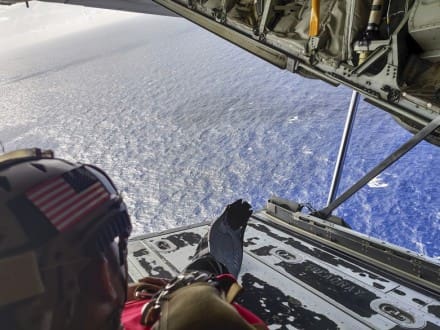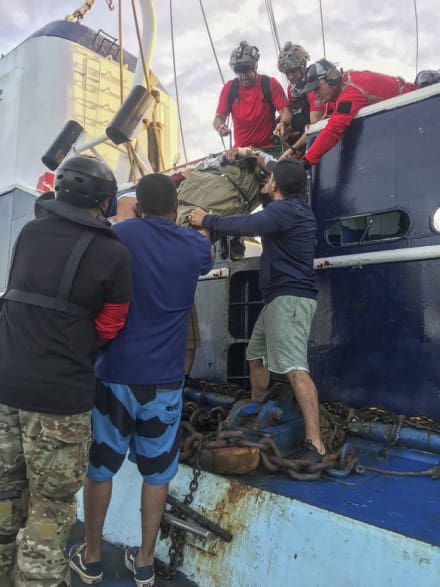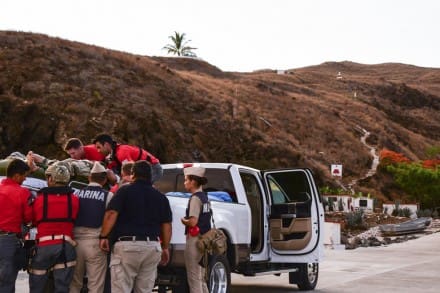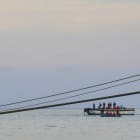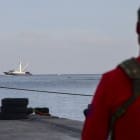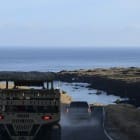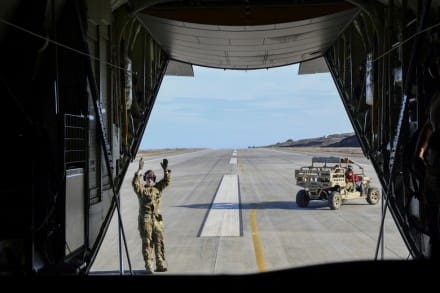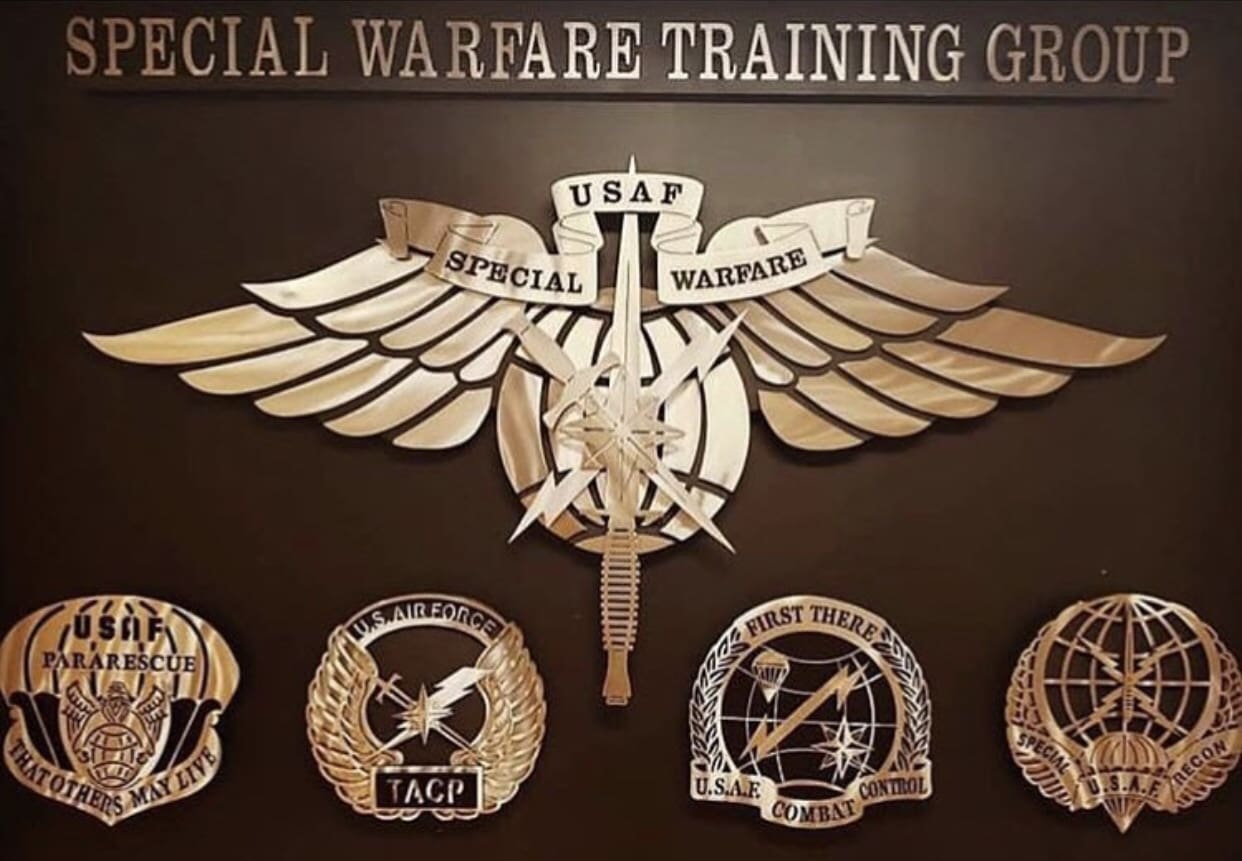AIR FORCE TRANSITIONS ENLISTED SPECIALTY, GROWS SPECIAL TACTICS CAPABILITIES
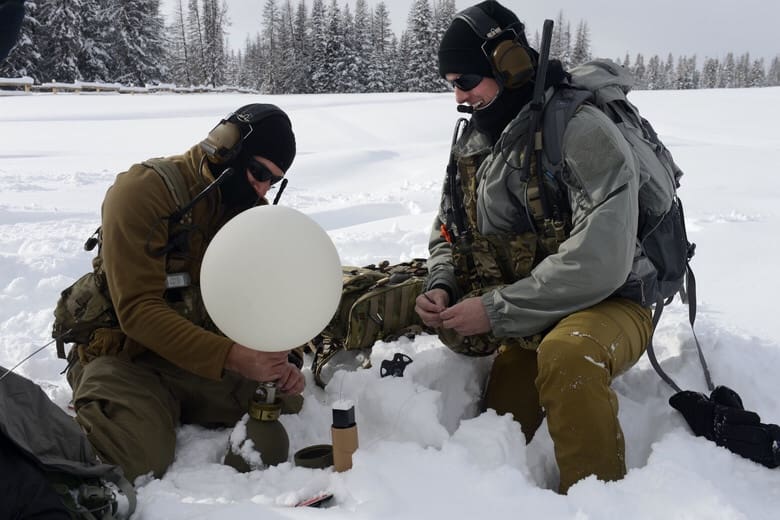
HURLBURT FIELD, Fla. – Enlisted Airmen have been analyzing weather since the very beginning of American military flight in 1917. Decades of hard-earned experience led to Special Operations Weather Team Airmen being designated with their own Air Force Specialty Code in 2008.
By combining the core skills of Special Operation Forces with their meteorology skills, SOWTs have been a critical asset to the War on Terror. Alongside Special Tactics teammates from forward deployed locations, SOWTs would gather, assess, and interpret environmental data in order to forecast weather impacts to operations. In a location like Afghanistan, this was vital to successful air-ground operations.
However, in an era of great power competition, the need to look critically at the entire U.S. Air Force Special Operations Command formation drove Headquarters Air Force and AFSOC to broaden the skillset of Special Tactics teams. On April 30, 2019, SOWT became Special Reconnaissance expanding the capacity and lethality of Air Force Special Tactics.
“Air Commandos need to operate effectively across the spectrum of conflict, from the low-end to the high-end and everywhere in between,” said Lt. Gen. Brad Webb, AFSOC commander. “It’s what the nation expects from us and this transition demonstrates our commitment to the National Defense Strategy.”
SOWT Airmen have been an integral piece of Special Tactics with unique training to conduct multi-domain reconnaissance and surveillance across the spectrum of conflict and crisis. As Special Reconnaissance, or SR, they will continue to maintain their application of lethal and non-lethal air-to-ground integration of airpower.
“The evolution of Air Force Special Tactics on today’s battlefield has called for SOWT to transition their singular focus to a more holistic approach– the highly demanded special reconnaissance,” said U.S. Air Force Chief Master Sgt. Jeff Guilmain, the command chief of the 24th Special Operations Wing.
Special Reconnaissance, or SR, Airmen add a new capability to Special Tactics teams to prepare the environment and aid in air, space, cyberspace, and information superiority for the successful execution of Joint Force objectives.
“[Special Reconnaissance] will truncate [special operations] weather training with a shift in focus from long-term regional forecasting to short-term, small-scale, team-specific environmental reconnaissance with an emphasis on special recon as a whole.” said U.S. Air Force Master Sgt. Thomas Howser, a career assistant functional manager for Special Reconnaissance.
The training pipeline for SR won’t be much different from that of SOWT’s.
Trainees will still undergo:
· Selection Course
· Initial Skills Course
· U.S. Army Airborne School
· U.S. Air Force Basic Survival School
· U.S. Air Force Water Survival School
· U.S. Air Force Underwater Egress Training
· Special Operations Weather Course
· Advanced Skills Training
· Special Tactics Training
Combat dive and military free-fall qualifications, as well as recon-specific training, are being added to the pipeline.
Existing SOWTs will attend a Special Reconnaissance transition course that will sign off SR-specific training.
“This move will modernize the force and bridge a gap across all domains,” Howser said. “It will allow joint-interoperability across all the services with regards to Special Reconnaissance.”
The Special Reconnaissance designation is not only creating Air Force history, but honoring a giant in special operations weather history.
“SR” is the operator-initials of U.S. Air Force Lt. Col. William “Bill” Schroeder, a career special operations weather officer and former commander of the 342nd Training Squadron, Joint Base San Antonio-Lackland, Texas.
Schroeder was fatally wounded during a struggle with a gunman after he instinctively placed himself between the armed individual and the squadron’s first sergeant, saving the lives of many, on April 8, 2016.
The new designation is just one way future Special Reconnaissance Airmen will remember their roots and the true meaning of service before self.
Story by Senior Airman Rachel Yates, 24th Special Operations Wing Public Affairs
Photo by Staff Sergeant Sandra Welch
